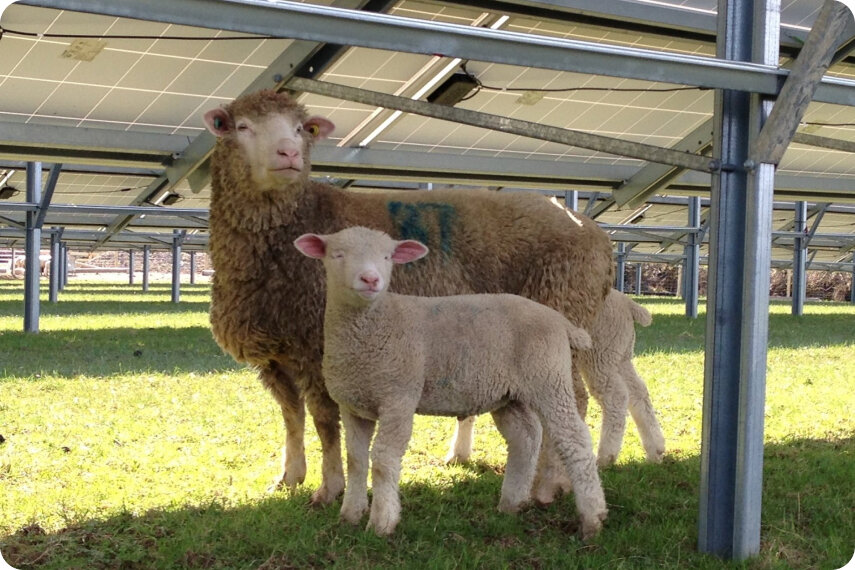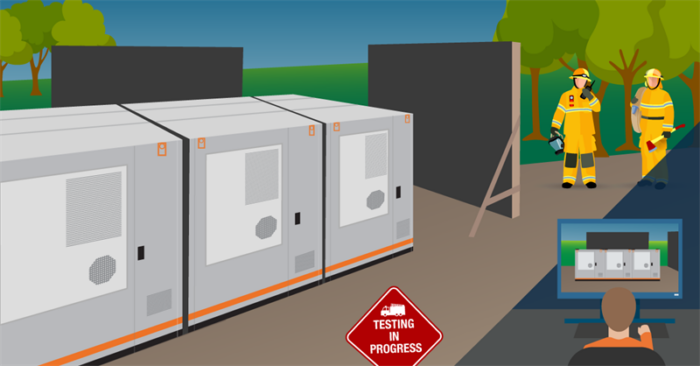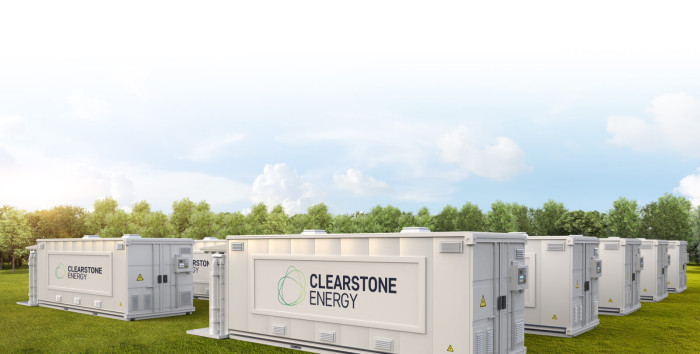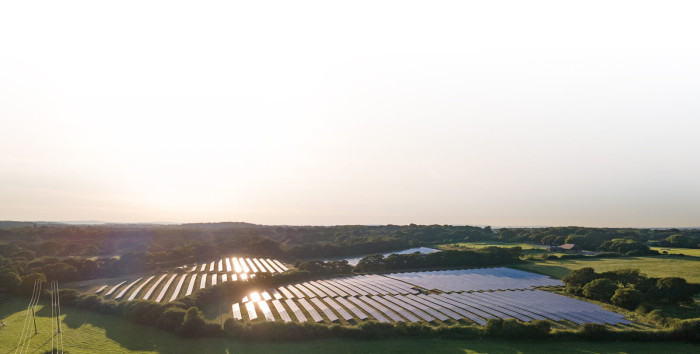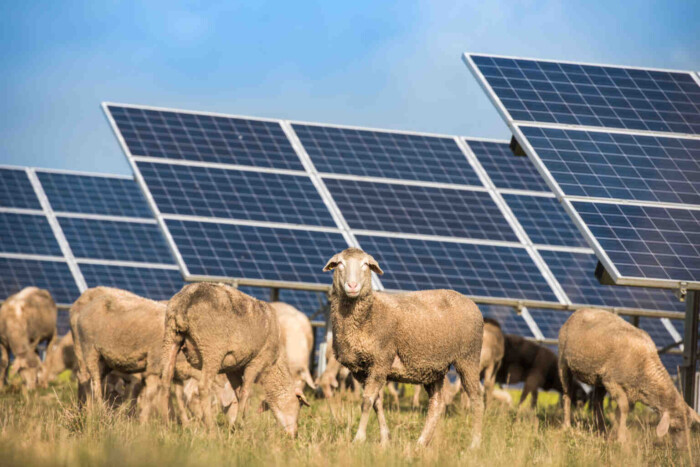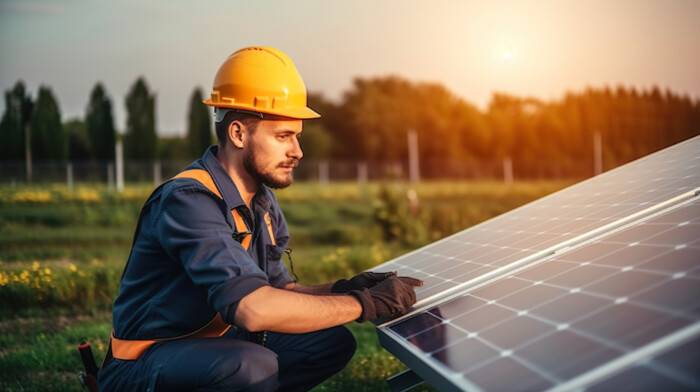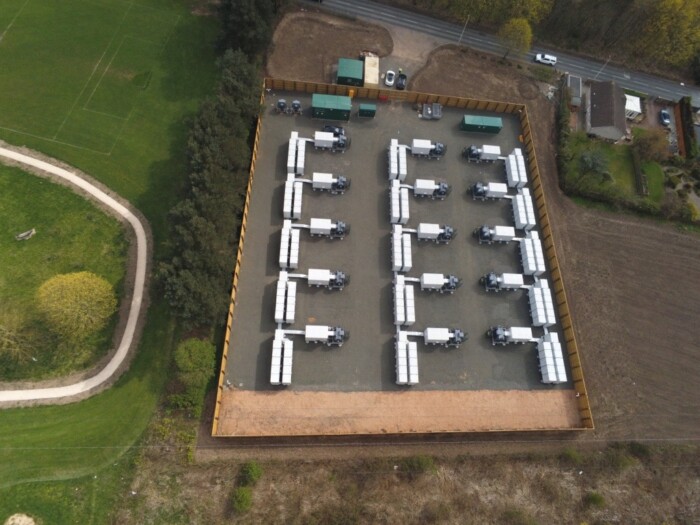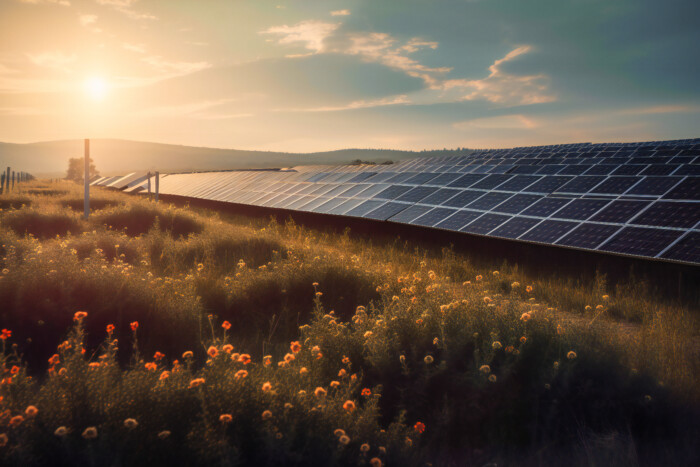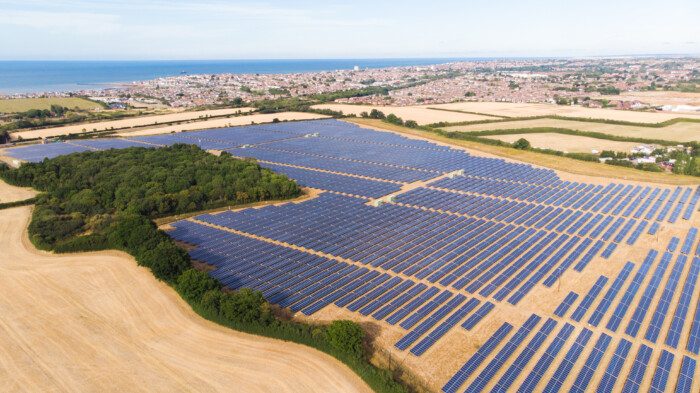Our projects are helping to reverse the decline in biodiversity in the UK
“There can be no solution to climate change without protecting and restoring nature”. The words of UK Prime Minister Rishi Sunak at the COP27 climate conference in 2022.
It is estimated that Britain has lost around 50% of its biodiversity since the 1970s due to intensive farming, new housing and commercial development. Alongside carbon dioxide emissions from burning coal, gas and oil, biodiversity loss is contributing to the acceleration of climate change.
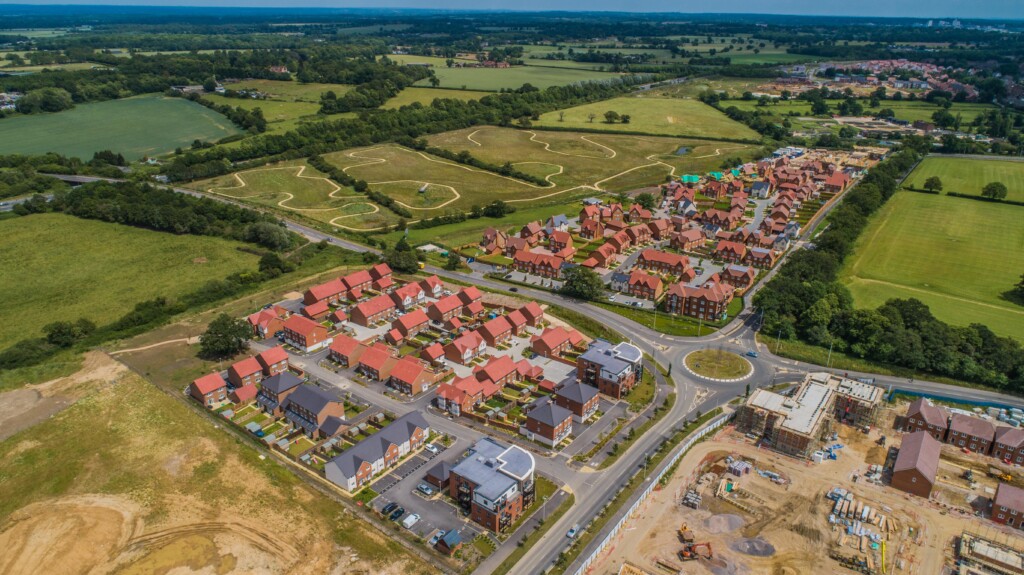
How will increasing biodiversity help slow down climate change?
Efforts to increase biodiversity and repair natural ecosystems will increase the amount of carbon dioxide that nature can remove from the atmosphere and fix into soil, plants and trees.
In fact, at both local council and National Government level, plans for reaching net zero carbon emissions rely on this happening. It’s why the UK’s post-Brexit farming subsidies reward farmers for actions that protect and enhance the environment such as creating new habitats and establishing wildflowers to encourage pollinators.
We have learned from early projects that, rather than continue the erosion of natural ecosystems, a well designed solar of battery project can significantly increase biodiversity and strengthen natural ecosystems.
- Wildflower and grass planting around batteries and under the panels encourages insects and pollinators
- Using native trees and shrubs to construct site boundaries creates new wildlife habitats
- Natural drainage systems using ponds, swales and wetland meadows encourages insects and amphibians
- Further new habitats are created through the construction of bat and bird boxes, butterfly banks and log pile housing across the site
Because solar panels are installed above the ground on frames, less than 2% of the ground under a solar farm is covered. We use the remaining 98% for biodiversity enhancement and each of our solar projects achieves a minimum 35 per cent increase in biodiversity. With dedicated nature restoration areas, our battery storage projects achieve a minimum 20% increase in biodiversity. This helps to repair the natural ecosystems that extract carbon dioxide from the atmosphere to store in plants and soil.
How are renewable energy projects increasing UK biodiversity?
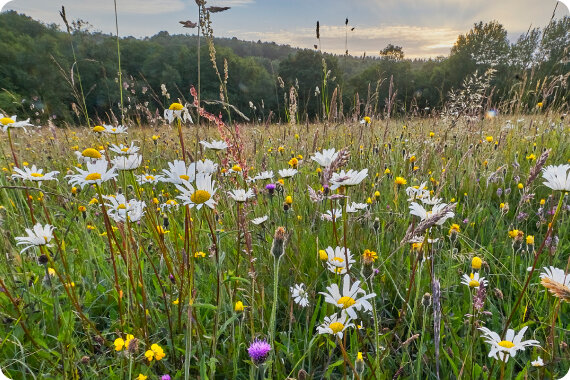
Designing a solar farm to deliver biodiversity net gain
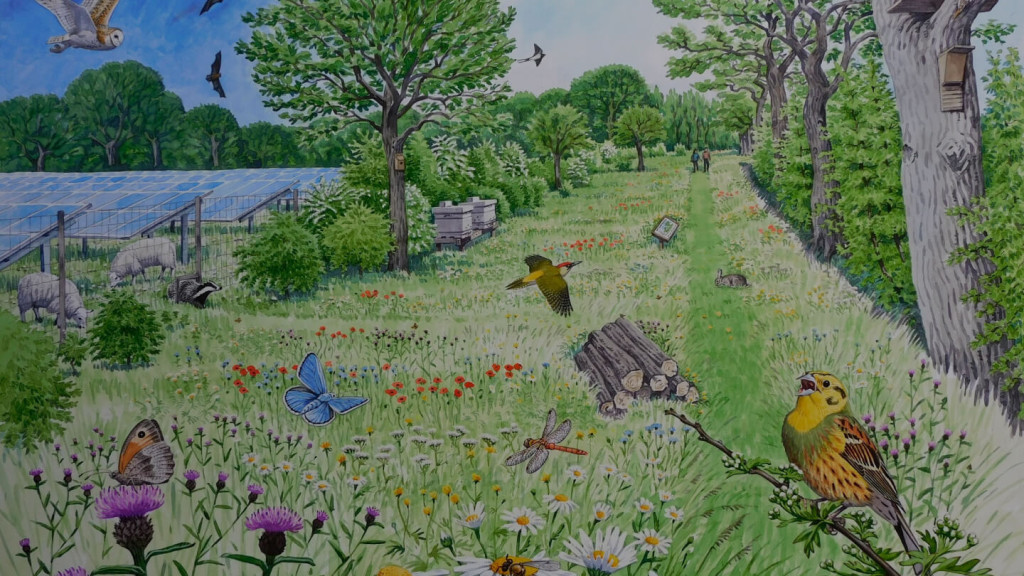
alongside site fencing screen the solar array and create varied habitat edges. Mammal gates installed into fencing will allow animal access.
Improves soil condition and support a wide range of invertebrate and bird species. Sheep grazing is also possible.
to provide habitats for a wide range of animals.
along footpaths act as a good source of nectar for bees and other invertebrates.
explain the solar arrays and site’s biodiversity strategy.
retained and managed to encourage use by birds, bats, amphibians and other mammals.
Every site is different and we work closely with ecological experts to develop a landscaping and ecological enhancement plan that complements existing natural features and wildlife habitats.
For example, an existing stream can be used to create a larger area of wetland habitat. While new hedgerows can connect woodland areas on either side of a solar farm and allow animals to travel between them.
The plan is designed to that the site develops across the 40 year operational lifetime of the project. Each site is regularly reviewed to measure biodiversity uplift and identify improvement opportunities.
Working with the natural landscape
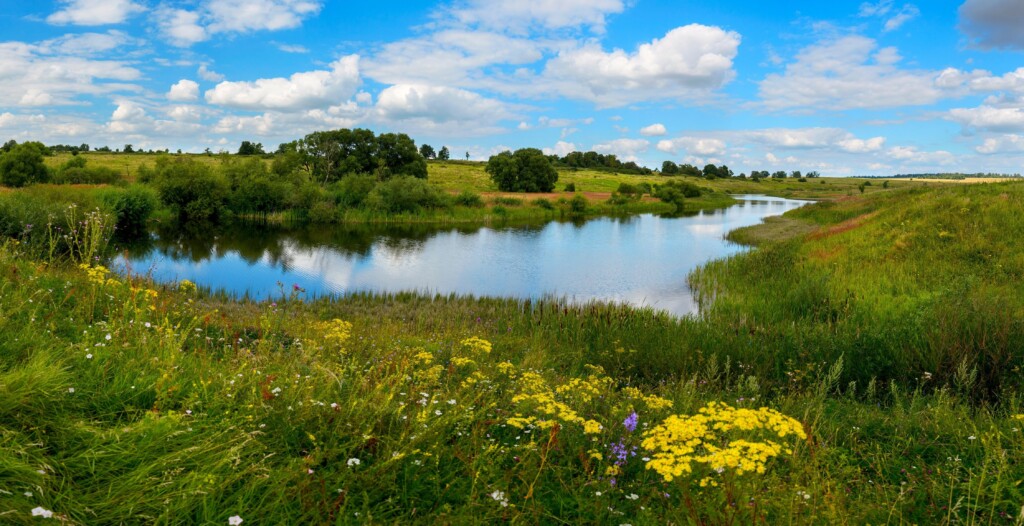
Agriculture and renewable energy
It’s now common to see sheep grazing between rows of solar panels. The panels provide shelter from the sun for the sheep and the sheep graze the grass around the panels so it doesn’t create shade for the panels.
